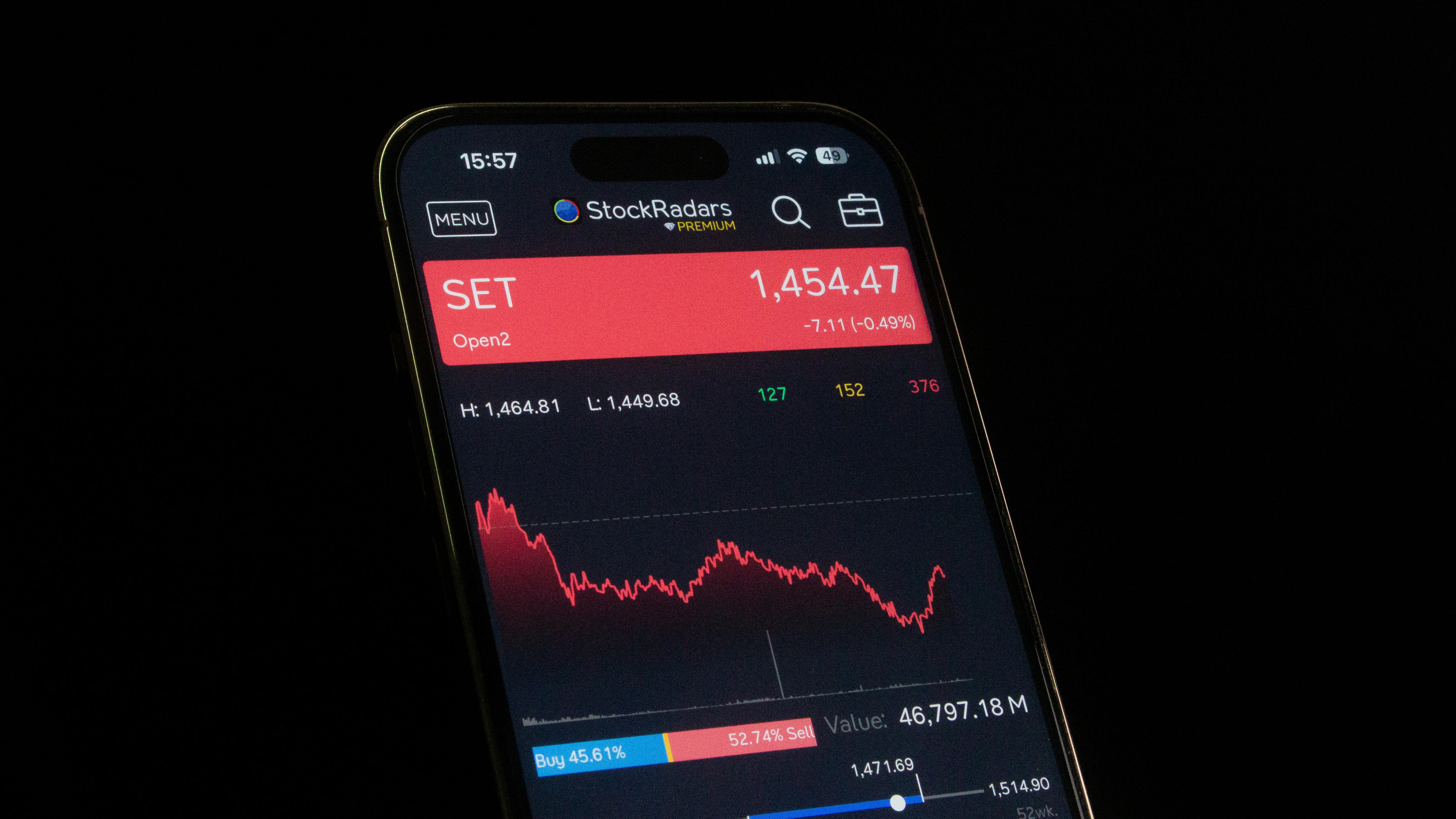Top 5 Investment Apps of 2025: Smart Tools for Smart Investors
Back in the day, investing felt exclusive — filled with suits, jargon, and intimidating fees. But today, your smartphone is your gateway to building wealth. The app you choose can either empower your journey or confuse the heck out of you. Let’s make sure it’s the first one.
This guide breaks down the five top investment apps of 2025 — not just what they are, but *why* they matter, who they’re best for, and how to actually use them well. No fluff. Just real insight.
Quick Comparison Table
| App | Best For | Fees | Key Feature |
|---|---|---|---|
| Robinhood | Beginner traders | $0 commission | Simplified investing + crypto support |
| Fidelity | Long-term planners | $0 stock trades | Advanced tools + retirement accounts |
| Public | Social learners | No hidden fees | Community-focused investing |
| Acorns | Passive investors | $3–$5/month | Automatic round-up investing |
| Wealthfront | Hands-off investors | 0.25% AUM | Smart automation + tax strategies |
1. Robinhood – Investing Made Simple
Robinhood’s mission is to "democratize finance for all," and in many ways, they’ve done just that. With no minimum deposit and zero-commission trades, it’s incredibly easy to jump in. If you’re new to the world of stocks or want to dabble in crypto, this is a safe starting point.
Pros: Fast onboarding, clean interface, access to both stocks and cryptocurrencies, and even retirement accounts.
Cons: Limited research tools. Not ideal for in-depth analysis. Customer support has improved but still trails competitors.
Pro Tip: Use their recurring investment feature to automate weekly contributions — even $20 a week adds up fast.
2. Fidelity – Built for the Long Haul
Fidelity is a legacy name in finance for a reason. While its mobile app has caught up in ease of use, its real power lies in its robust ecosystem: 401(k)s, IRAs, in-depth market data, and personalized planning tools. It’s built for those who want to invest seriously and strategically.
Pros: Rich research, excellent retirement planning tools, and top-rated customer service.
Cons: Slightly more complex than beginner-friendly apps. Requires a little time to explore fully.
Pro Tip: Use Fidelity’s free investment coaching to map out your retirement plan — it’s like having a personal advisor in your pocket.
3. Public – Investing Meets Social Media
Public adds a unique twist: you can see what others are buying and why. It turns investing into a conversation. Every trade is public (pun intended), and users often explain their decisions, helping new investors learn strategies, sectors, and market psychology.
Pros: Transparent, community-driven, no payment for order flow (a plus for ethical investing).
Cons: Fewer investment types than others (e.g., no mutual funds). It’s more social than technical.
Pro Tip: Follow experienced investors inside the app and review their trade notes. It’s better than any beginner course.
4. Acorns – Your Spare Change, Invested
Acorns is built around simplicity. It rounds up your everyday purchases and invests the difference. You spend $4.50 on coffee? $0.50 goes into a diversified ETF portfolio. You won’t notice it, but your balance will steadily grow over time.
Pros: Super easy automation, tailored portfolios, and includes retirement and family account options.
Cons: Flat monthly fees might feel high for very small accounts. You don’t choose specific stocks.
Pro Tip: Link multiple spending accounts to maximize round-ups, and activate their "Found Money" feature to get cashback from partners.
5. Wealthfront – Let the Robots Handle It
Wealthfront is like cruise control for your financial life. After you fill out a short questionnaire about your goals and risk appetite, it builds and manages a custom portfolio. You don’t need to rebalance or make choices — it does it all automatically, even harvesting tax losses to improve performance.
Pros: Fully automated, great for busy people, strong long-term performance, and smart tax optimization.
Cons: Not ideal if you like hands-on control. No real-time trading.
Pro Tip: Set up recurring deposits from your paycheck and let compounding do its magic. Review once a quarter, not daily.
How to Pick the Right App for You
- If you want full control: Robinhood or Public.
- If you want guidance and education: Fidelity or Public.
- If you want automation: Wealthfront or Acorns.
- If retirement is your goal: Fidelity or Acorns.
There’s no single “best” app — only the best fit for your style. Try a few with small amounts. Learn the feel. Investing isn’t about timing the market; it’s about time *in* the market.

Photo by Karolina Grabowska on Pexels
Extra Resource
Want to make smarter decisions? Dive into FINRA’s trusted investor education portal: finra.org/investors.
Start small. Stay steady. And keep learning. Your future self will thank you.
